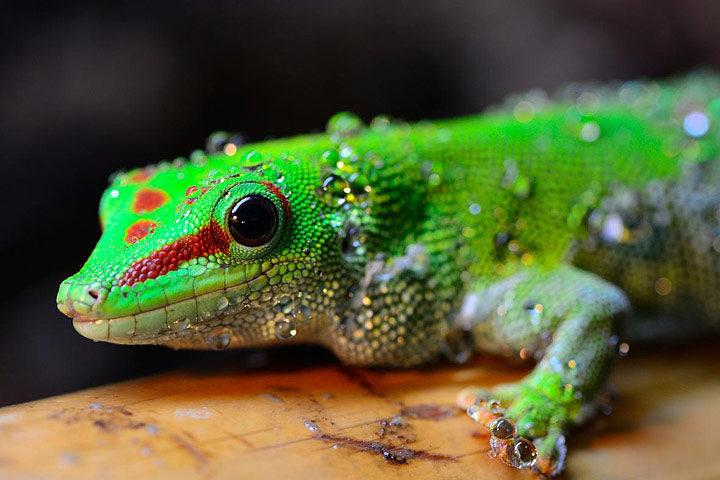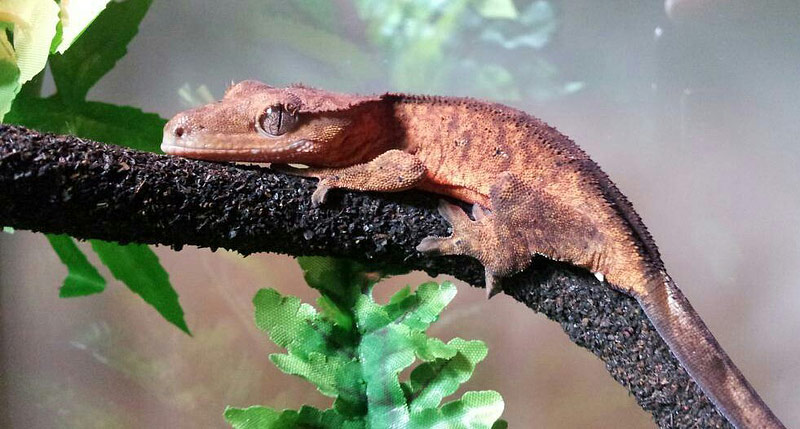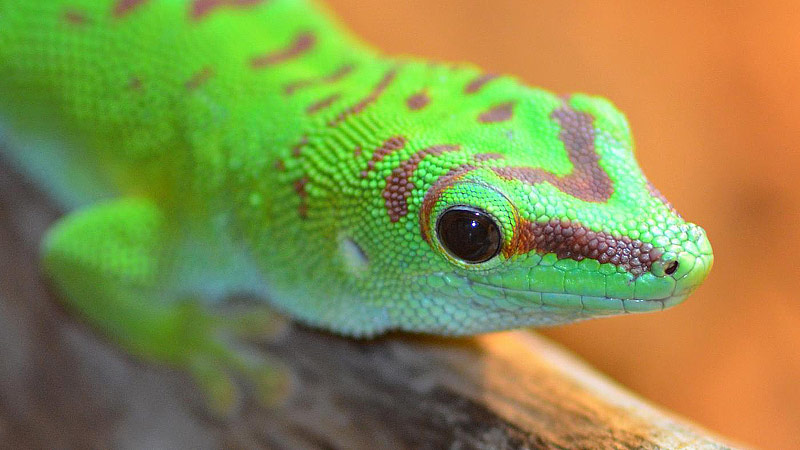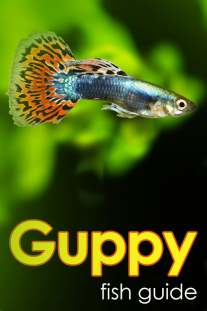
Geckos are a wonderfully interesting pet and come in all sizes and colors. Geckos are small lizards found in warm climates throughout the world. There are over a thousand different species of gecko lizards, and they boast endless colors and patterns. Geckos have several unique characteristics, including the chirping vocalizations they use for social interaction.
They also lack eyelids and have a transparent membrane covering the eye which they lick to clean. Because they are common to warm climates, there are several gecko species that live in human houses. These house geckos are rarely killed or exterminated because of their ability to kill and feed on insect pests.
Leopard geckos have been bred in captivity for over 30 years. Adults average 8 to 10 inches in length. Geckos are one of the longer-lived lizards with an average 10-20 year life span.

Geckos are widely available in pet stores, at reptile shows and through specialized breeders on the Internet. Make sure the breeder from whom you purchase your gecko is knowledgeable in their care and breeding. Do your research and then contact your preferred source directly to select your pet.
Things You’ll Need to Get Started
It’s always a good idea to get yourself ready BEFORE you select and bring home your new pet. Review this list of essential supplies:
- 5 gallon aquarium
- wire mesh lid for 5 gallon aquarium
- food – mealworms, crickets, etc.
- lamp
- bottle lid
- paper towels
- under-tank heater
- newspaper, pea gravel for the floor
Set the under-tank heater on a hard surface that is not flammable. Plug the heater in and place your aquarium on top of it. Spread the newspaper or pea gravel to cover the entire bottom. Some small geckos will eat sand so stick with larger particles until your gecko grows a bit.
Feeding
Proper feeding will keep your gecko healthy for many years. Young geckos need more frequent feedings for proper development. A gecko’s main diet consists of insects, especially mealworms and crickets. Proper feeding requires some preparation:
Preparing Crickets
- “Gut load” crickets at least a day before your gecko feeds; this means supplying the insects with added nutrition that will benefit your gecko.
- Place vegetables, grain meal (such as oatmeal or wheat germ), dried dog food, fish flakes or commercial insect gut load in the container housing the insects.
- Add a slice of orange for water content. Remove the number of crickets needed before you feed your lizard.
- Dust the crickets with a commercial dusting supplement containing calcium. Do this every other feeding day.
- Use a commercial dusting kit or place the supplement in a cup with several crickets.
- Shake the cup to cover the crickets with dust.
Feeding Geckos Crickets
- Feed your gecko 3 to 4 crickets at night. They are nocturnal creatures and will be most active when it is dark.
- Allow 5 to 20 minute feeding times twice daily for geckos under 7 months, 3 to 4 times weekly for older lizards.
- Remove uneaten crickets.
Feeding Geckos Meal and Wax Worms
Give your gecko live mealworms once a week. Choose the size of worm according to the size of your lizard.
- Place 2 to 3 worms in a shallow bowl or suitable container. Make sure the sides are high enough so the worms won’t crawl out, and are large enough for the gecko to access.
- Remove the container and clean.
- Feed wax worms the same way, repeating steps 1 to 3.

Geckos make great pets, especially for the beginner reptile enthusiast and even for the advanced keeper; the wide variety of gecko types will keep things interesting. As you become more experienced, you can move onto more challenging species, such as the Day Geckos sub-group.




Leave a Reply